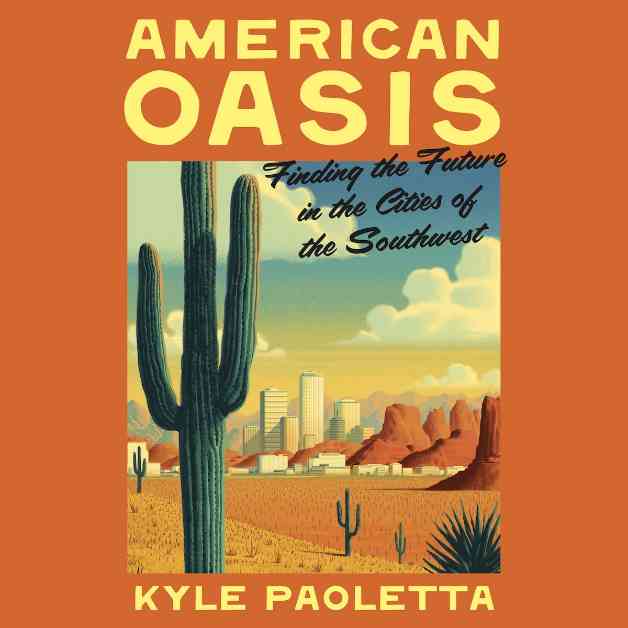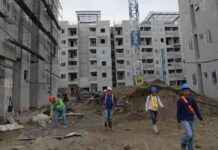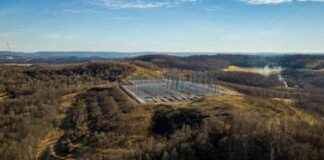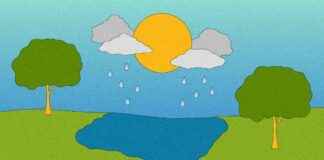The American Southwest: A Deep Dive into History, Ecology, and Climate
In the vast expanse of the American Southwest, where the sun beats down on the arid landscape, the history and future of this region are intertwined in a complex tapestry of culture, ecology, and climate. This land of expansive canyons, adobe architecture, and cacti has long captured the imagination of visitors and retirees seeking solace in its warm embrace. But beyond the stereotypical selling points lies a rich tapestry of stories waiting to be told.
One such storyteller is author and essayist Kyle Paoletta, whose deep connection to the Southwest led him to embark on a journey of discovery that culminated in his first book, American Oasis. Born and raised in Albuquerque, New Mexico, Paoletta later moved to the Northeast, only to find himself drawn back to his roots in the Southwest. Venturing into the five major cities of the region – Las Vegas, El Paso, Tucson, Phoenix, and Albuquerque – Paoletta delved into the history, ecology, and climate crises that define these desert metropolises.
The Roots of the Past
Through his exploration, Paoletta unearthed the settlement history of the Southwest, tracing it back to some of the earliest Indigenous populations that called this rugged terrain home. By juxtaposing the past with the present, American Oasis offers a glimpse into how these cities are grappling with the challenges of a warming world and dwindling water resources.
“We’ve kind of overshot the ecological limits,” Paoletta reflects. “We’re being forced into the same position that Indigenous people in the Southwest have been in for millennia – how do we live within our limits?” This poignant question underscores the urgent need for a paradigm shift in how we approach life in the desert.
The Five Cities Reimagined
As Paoletta navigates the landscape of the five desert cities, each faces its unique set of challenges. In Phoenix and Las Vegas, the scorching heat poses a formidable threat, exacerbated by the sprawling urban sprawl fueled by air conditioning. El Paso grapples with the scarcity of water, a common issue across much of Texas, while Tucson and Albuquerque struggle with the consequences of the built environment.
Reflecting on the explosive growth of Phoenix, Paoletta muses on the transformative power of air conditioning in shaping the city’s destiny. However, he also highlights the unsustainability of this reliance on technology, noting the staggering electricity bills that some residents face during the sweltering summer months.
Looking to the Future
As the climate crisis intensifies, Paoletta advocates for a wholesale reorientation of how we think about living in the desert. Drawing on the wisdom of Indigenous peoples and sustainable building practices, he envisions a future where we respect the limitations of the landscape and live in harmony with nature.
In Las Vegas, a city known for its glitzy excess, Paoletta uncovers a surprising tale of water conservation and innovation. Through the visionary leadership of Patricia Mulroy, the city has implemented cutting-edge water recycling technologies that have allowed it to double its population without increasing water usage. The River Mountains Water Treatment Facility, powered by solar energy, stands as a testament to the power of sustainable practices in the face of scarcity.
Yet, despite these advancements, Paoletta encounters a lingering sense of denial among some residents, who cling to the belief that water resources are inexhaustible. This disconnect between perception and reality serves as a stark reminder of the urgent need for a shift in mindset and policy.
As American Oasis paints a vivid portrait of the American Southwest, Paoletta leaves us with a poignant reflection on the challenges and opportunities that lie ahead. The metaphorical bathtub ring around Lake Mead serves as a sobering reminder of the scarcity that looms on the horizon. However, with recycling and conservation technologies at our disposal, there is hope for a future where we can coexist with the desert landscape in harmony.
In the end, the history and future of the American Southwest are not just a tale of sun-soaked vistas and grand canyons but a complex narrative of resilience, adaptation, and renewal. It is up to us to heed the lessons of the past and chart a course towards a more sustainable future in this rugged yet fragile landscape.














